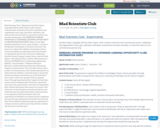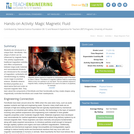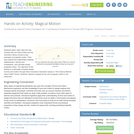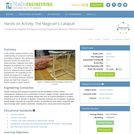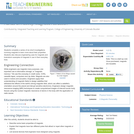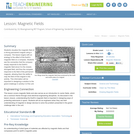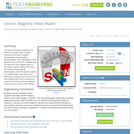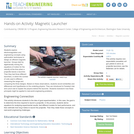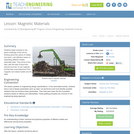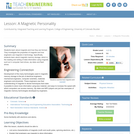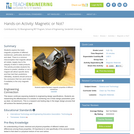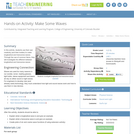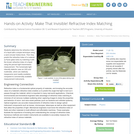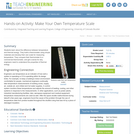
This resource is a video abstract of a research paper created by Research Square on behalf of its authors. It provides a synopsis that's easy to understand, and can be used to introduce the topics it covers to students, researchers, and the general public. The video's transcript is also provided in full, with a portion provided below for preview:
"Heart attacks are dangerous events that lead to a massive loss of heart cells, called cardiomyocytes. The catastrophic damage can be treated by generating cardiomyocytes from stem cells and transplanting them into the heart. The stem cells can then proliferate in the space before becoming new cardiomyocytes by differentiating and maturing. But little is known about how macrophages from the injury site impact stem cell-derived cardiomyocytes. To learn more, researchers cultured these stem cells, called induced pluripotent stem cells (iPSCs), with macrophages of several subtypes. Macrophages start in a non-polarized phenotype (M0) and then can polarize between pro-inflammatory (M1) and anti-inflammatory (M2) phenotypes. The pro-inflammatory M1 phenotype macrophages were likely to be found at the injury site, and they inhibited iPSC differentiation and maturation..."
The rest of the transcript, along with a link to the research itself, is available on the resource itself.
- Subject:
- Biology
- Life Science
- Material Type:
- Diagram/Illustration
- Reading
- Provider:
- Research Square
- Provider Set:
- Video Bytes
- Date Added:
- 04/14/2023
